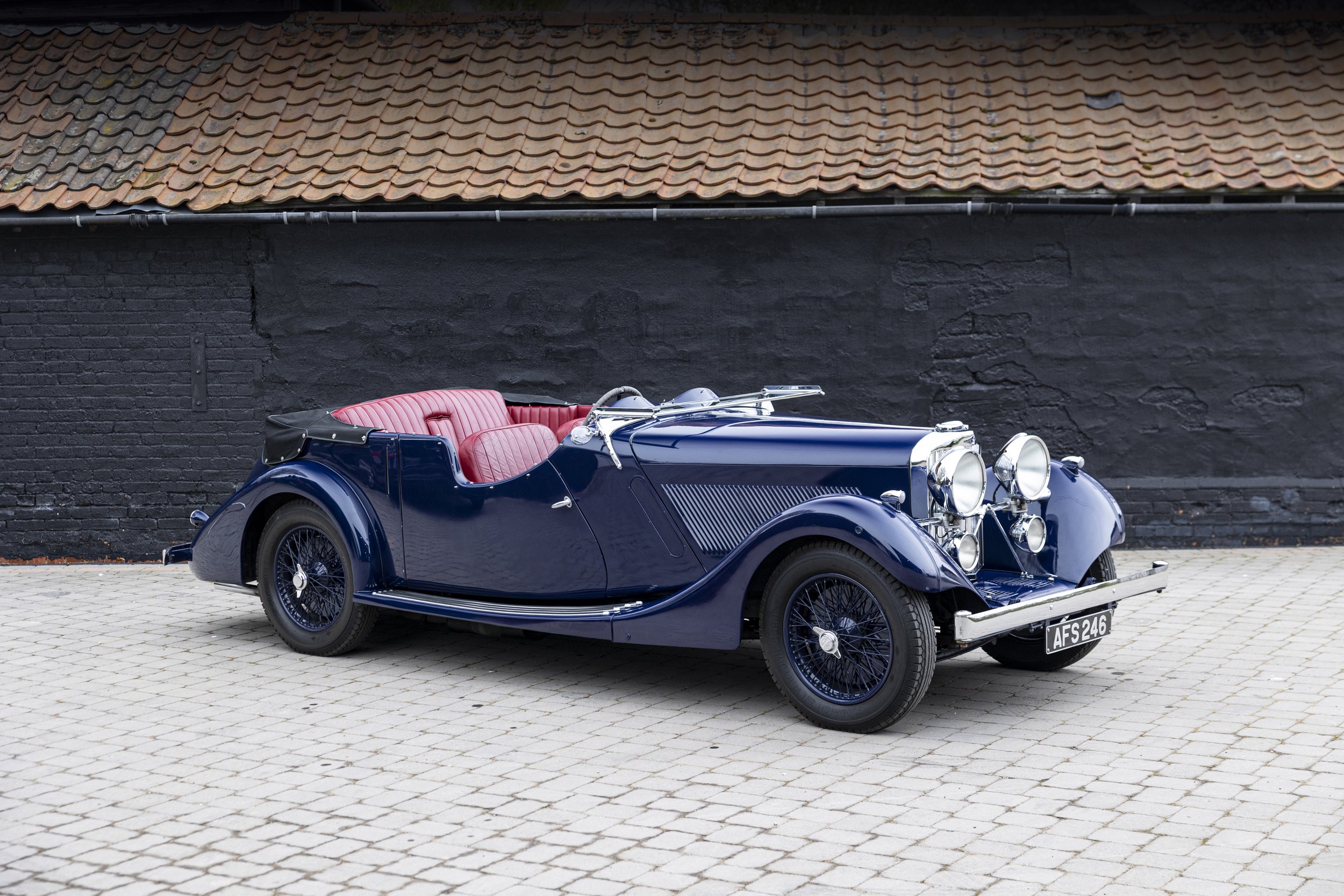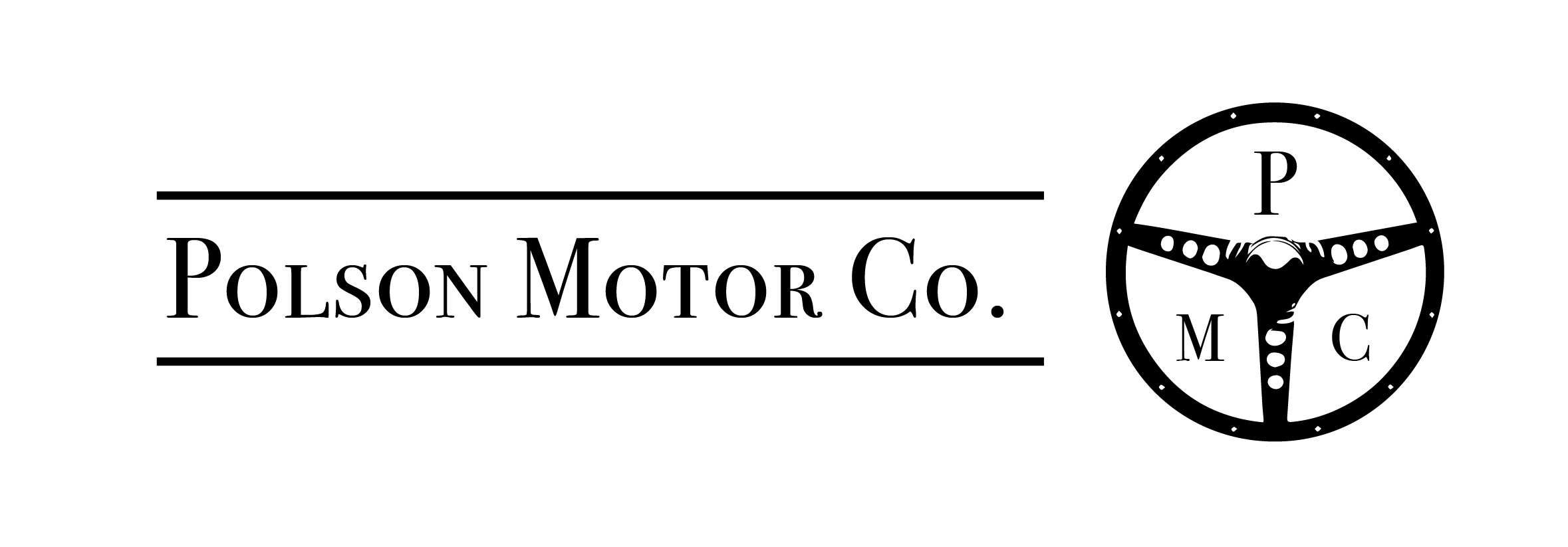1935 Talbot BI105 Speed Tourer, Coachwork by Darracq
































Registration no. AFS 246
Chassis no. 4004
As a Swiss, Talbot Chief Engineer, Georges Roesch, designed his cars with Alpine motoring in mind. With their combination of a strong and powerful push-rod six cylinder engine, powerful brakes, light and accurate steering and a compact, light yet sturdy chassis it is no surprise that Talbots excelled in the Alpine Trials of the 1930s, then undoubtedly the foremost long distance rally and an incredible test for both car and driver. Coupled with their successes at Le Mans, Ards and Brooklands the Talbot was clearly the most effective British sporting car of its size in the period. These successes culminated in the 1934 Alpine Trial where the famed Talbot Team of specially bodied and prepared cars, registered BGH 21, 22 and 23, got through this most arduous of events without losing a single mark. This success has been echoed today and Talbots have been hugely successful in rallies such as the Flying Scotsman, 1000 Mile Trial, Alpine Trial and countless others.
Abandoning the one-model programme, Roesch developed the 14/45 to produce the 75 and 90 models, the latter setting Talbot on the path towards renewed sporting success. 1931 saw the arrival of the 3.0-litre 105 powered by a new 'six' featuring staggered valves, a Roesch stratagem allowing for improved breathing. There was more technical innovation for 1933 in the form of Luvax adjustable dampers and the Roesch-designed, Wilson pre-selector gearbox, the latter augmented for 1935 by Talbot's famous automatic 'traffic clutch'. Also new for '35 were a dropped cruciform chassis frame, while offering class-leading refinement and particular rigidity eliminating body flexing. This top-of-the-range model featured such luxuries as driver-controlled hydraulic shock absorbers, centralised chassis lubrication, and DWS permanent jacks. It also dispensed with the relatively heavy and complex 24-volt dynostart in favour of a more conventional separate starter motor. One of the great cars of the 1930s, the Talbot 105 was gradually diluted from 1937 onwards as other parts from the Rootes Group range were incorporated into the cars.
‘AFS 246’ as offered here was first registered in 1936 having been completed in 1935, as shown by the original sales ledgers, which also pleasingly show the car to still be matching numbers engine/chassis. The order was placed by H.C. Hutchison who was believed to be the Edinburgh Talbot distributor. Certainly the first owner of ‘AFS’ was none other than the Edinburgh Police Force. In fact ‘AFS’ had been the first Speed Tourer completed and only the fourth example of the much improved BI105 model. As such there is a most evocative image on file of ‘AFS’ upon completion outside the Talbot Works in Ladbroke Grove.
As shown by correspondence with the Edinburgh Police force on file ‘AFS’ was used mainly for ceremonial duties and was one of the first Police vehicles to be fitted with a two way radio. The aerial for this was in the hood frame, which meant the car was mainly used with the hood raised (lamented by the constable whose duty was to drive the car!), as shown in charming photographs taken during this period. ‘AFS’ remained with the Police force until 1945 at which point it was sold off into private hands.
‘AFS’ was purchased from the Police Force by E.H. Grey, the car remained with Mr Grey until 1969 when it was purchased by well-known collector Dr A. Holmes Pickering, the car was believed to be in fundamentally sound condition when purchased by him but was laid up for some years, due to various other cars in his collection needing attention.
The years passed and having never gotten around to restoring ‘AFS’ Holmes Pickering sold the car to the current owner in the early 2000s. A seasoned car-collector and pre-War rally competitor and well known in pre-War car circles, he embarked upon a complete restoration of the car. As purchased and shown in images on file, ‘AFS’ was a very complete, original and un-mucked about with car, but required complete restoration. As such the car was dispatched to Bruce Young Coachworks to have the chassis, body and running gear restored, whilst the engine was dispatched to renowned engine builder Tim Abbott for a complete restoration, as shown by the copious invoices, correspondence and photos on file this was clearly a most thorough job.
Following completion of this the car was used for a few years and then with various issues creeping in the car was dispatched to our sister Talbot specialist I.S. Polson in 2011 for a complete back axle rebuild, incorporating a new Crown Wheel and Pinion with a higher touring ratio, together with a thorough sort out and detail setup- crucial in ensuring a Roesch Talbot drives as they should- see invoices on file.
Since then ‘AFS’ has been kept in meticulous order and regularly serviced by Tim Abbott and Bruce Young, whilst being enjoyed by the owner on Continental, Irish and Scottish Tours, proving particularly adept at charging up Alpine passes with consummate ease - exactly as Georges Roesch intended.
Now only for sale due to the owner downsizing his collection, ‘AFS’ offers an example of one of the most effective British Sportscars of the 1930s, with a believed only four long-term owners from new, which should provide an ideal pre-War rally mount for a new owner or the perfect car for more relaxed Continental Touring.
